The first book by Ernest Hemingway I read was The Old Man and the Sea, while on my way to Cuba in 2007 (such a small book, I finished it on the flight over). While in Cuba I did what every literary (and cocktail) lover did, find the bars Hemingway frequented such as the El Floridita and have a daiquiri in his name.
I didn’t read another Hemingway again until I arrived in Paris. Inspired by one of my favourite movies, Woody Allen’s Midnight in Paris, I wanted to feel the awe that Owen Wilson conveyed so well in his character of Gil Pender. If only I could go back in time and meet the interesting characters of Hemingway, F. Scott Fitzgerald and Gertrude Stein. The closest I was going to get though was reading A Moveable Feast, Hemingway’s biographical book on his time in Paris, and taking to the streets to visit the places these people lived, loved and ate. I joined two walking tours with Paris Walks to discover and understand the Paris of this era.
Before WWI the Montmartre area was where you would find all of the artistic types, writers and painters such as Toulouse Lautrec, Degas, Matisse, Renoir and Picasso. Following the war this gradually moved to the left bank of the Seine, around Montparnasse. An influx of American expats came to area, many of them former soldiers wanting to return to Paris after having visited during their service. While the US was going through Prohibition, Paris was a city of excess, where the Franc currency crisis meant the US dollar would go far and artistic types felt this was the only place to realise their dreams.
We begin at the intersection of Boulevard du Montparnasse and Boulevard Raspail where many of the cafes frequented by ‘the lost generation’ are located, the place to go to be seen. So named the lost generation by Gertrude Stein to describe the post-war generation, they were considered to have no discipline and be hedonistic, cynical and out in search of pleasure, with an anything goes mentality. Hemingway described Le Rotonde, a café on this corner which was opened on 1921, as being a ‘sink of corruption’ and was written about in his novel The Sun Also Rises. La Coupole is famous for its art deco toilets, and for being frequented by Salvadore Dali and Josephine Baker, an exotic dancer who later used her fame to spy on the German’s at the request of the French Secret Service. The Dome, on the opposite corner, was another Hemingway favourite and Le Select also featured in Hemingway’s novels. The Dingo Bar, now called Auberge de Vemise, was where Hemingway and F. Scott Fitzgerald met for the first time in 1925. A barman from Liverpool, Jimmie Charters, wrote a book about the bar, This Must be the Place, for which Hemmingway wrote the forward.
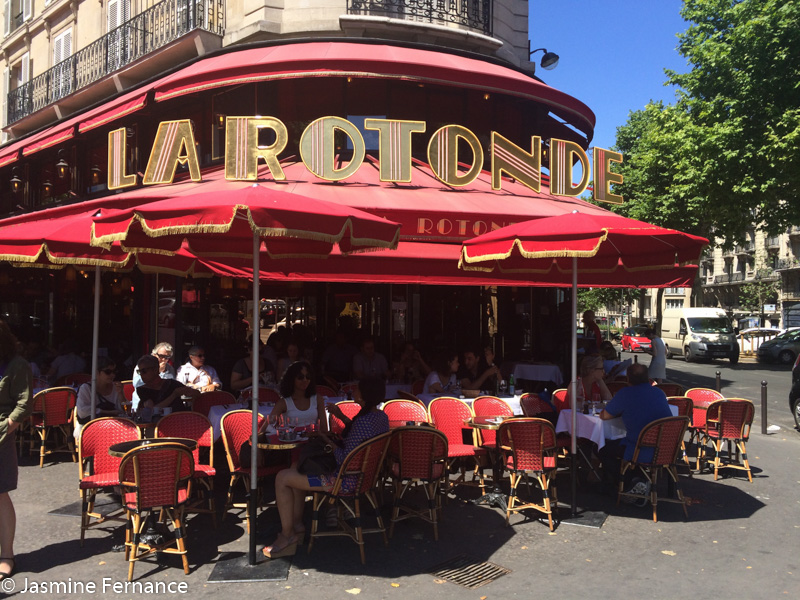
At 74 Rue Lemoine we find the apartment Hemingway shared with his first wife, Hadley Richardson, in his early Paris days, and it is here that A Moveable Feast is largely set. The store below is aptly named Under Hemingway’s, making it an easy location to find.
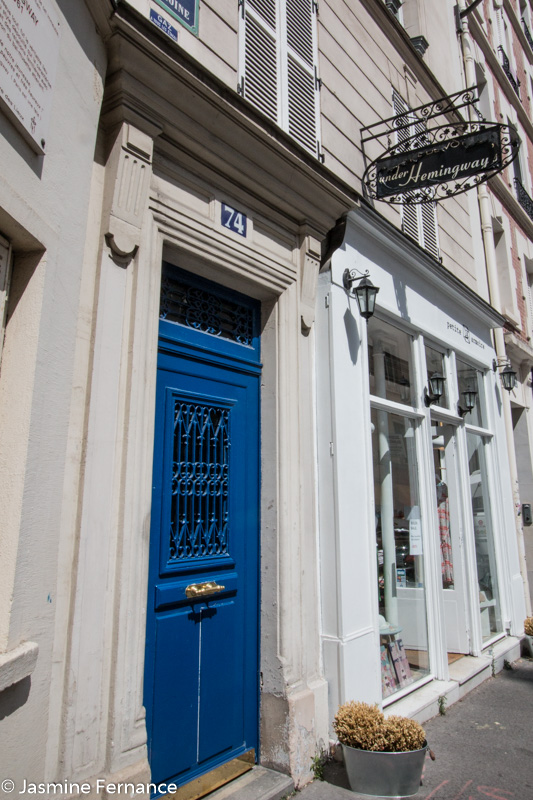
Further on we move to the Lennox Hotel where renowned surrealist photographer and artist Man Ray lived in room 37. Isadora Duncan, an American dancer, also lived in this area. The artist Rodin was besotted with her and created many paintings of his muse, which can be viewed in the Musee Rodin. She died when her long scarf became entangled in the spokes of a car she was travelling in and strangled her, and she can now be visited in Paris’ Pere Lachaise Cemetery.
At 8 Rue La Grande Chaumiere we find the atelair (workshop/studio) of French Post-Impressionist artist Gauguin from the 1890’s, which was later the studio of painter Modigliani from 1919 to his death in 1920. Modigliani did not find fame or fortune during his short lifetime, dying of tubercular meningitis at the age of 30, and would often be seen begging for drinks in exchange for sketches in Le Rotonde. He can also be found in Pere Lachaise Cemetery, sharing a single grave with his fiancé, who committed suicide the day after his funeral.
Gertrude Stein, the daughter of a wealthy property owner, was a writer and an avid collector of modern art. She considered herself to be the only person who truly understood Picasso and collected many works by him and also Monet, Renoir, Delacroix and Cezanne. Hemmingway writes about visiting her, and her partner Alice B Toklas, many times in A Moveable Feast, and she became a kind of mentor for him. Her address at 27 rue de Fleurus was known for its gatherings of artists and those that attended her Saturday night soirees include Hemingway, Picasso, F. Scott Fitzgerald, Ezra Pound and Matisse. Picasso’s portrait of her was one of only two paintings she took with her when she fled Paris in 1939 at the outbreak of WWII.
From April to August 1927 F. Scott Fitzgerald and his wife Zelda lived at 58 Rue de Vaugirard, on the north-west corner of the Luxembourg Gardens. It is said that Fitzgerald was a permanent drunk at this time, depressed that The Great Gatsby wasn’t selling (in fact, he only sold about 21,000 copies when it was first released. It didn’t become popular until after his death in 1940). His novel Tender is the Night is set in this apartment. His wife Zelda is often referred to as ‘the first American flapper’ and apparently Hemingway and Gertrude Stein did not like her or her partying ways. When asked to submit a breakfast recipe for a 1925 book titled Favourite Recipes of Famous Women she sent the following:
“See if there is any bacon, and if there is, ask the cook which pan to fry it in. Then ask if there are any eggs, and if so try and persuade the cook to poach two of them. It is better not to attempt toast, as it burns very easily. Also in the case of bacon, do not turn the fire too high, or you will have to get out of the house for a week. Serve preferably on china plates, though gold or wood will do if handy.”
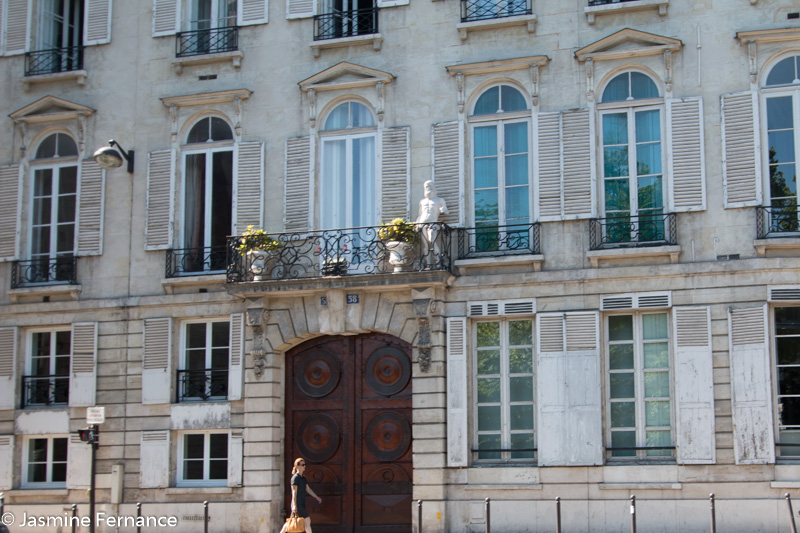
We walk briefly through the Luxembourg Gardens until we reach Rue Ferou, where Hemingway lived at number 6 during 1927 to 1928 and where he wrote A Farewell to Arms. He also had an accident here where instead of pulling the flush chain for the toilet he pulled the skylight chain and brought it crashing down on his head. Further down Rue Ferou we find a wall with Rimbaud’s poem The Drunken Boat.
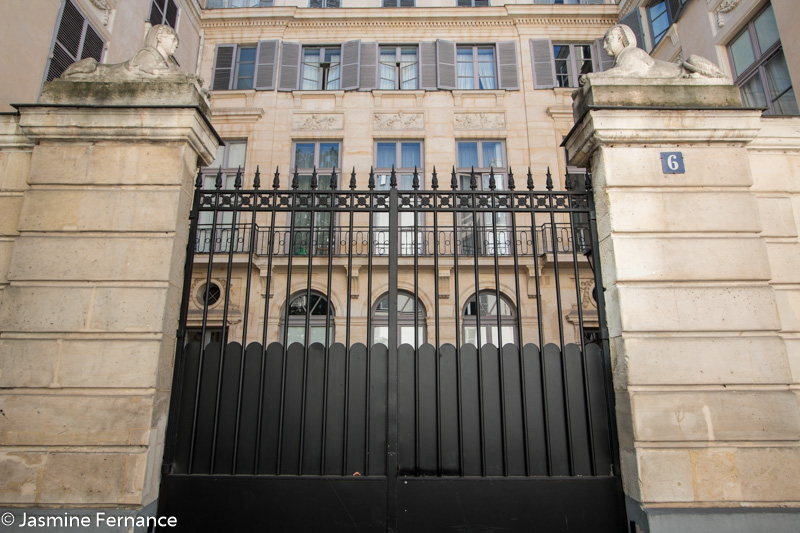
Of course no visit to this area would be complete without mentioning Midnight in Paris, Woody Allen’s love letter to Paris of the 1920’s and the artists of the time. Sitting on the stairs of Saint Etienne du Mont as the clock tower strikes, I wish to be whisked back in time like Owen Wilson in the film. Alas, no 1920’s Peugeot Type 176 car drives up the road to transport me back, and I rush to catch up with the others.
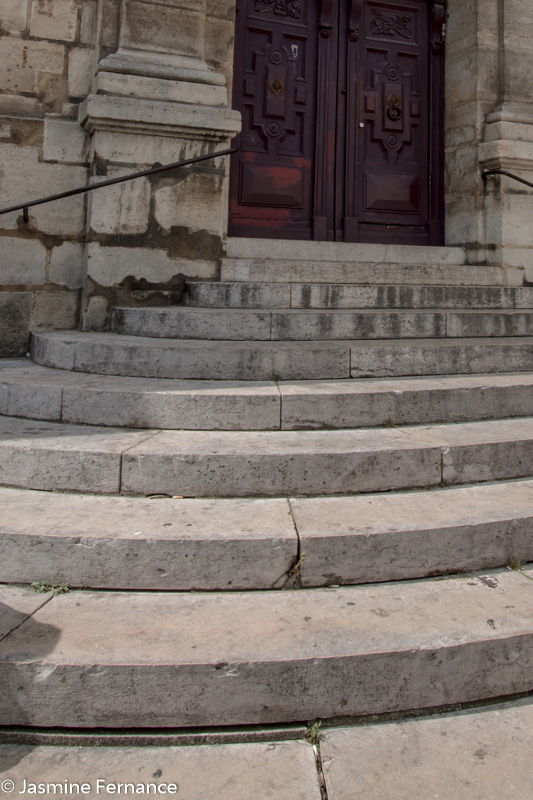
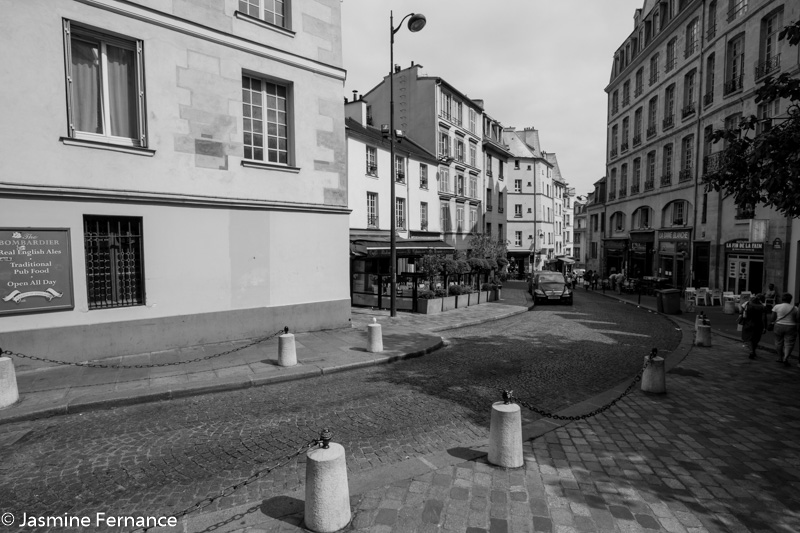
At 12 Rue L’Odean, we find the original site of Sylvia Beach’s Shakespeare and Company bookstore. Sylvia Beach published James Joyce’s Ulysses when nobody else would touch it, and Hemingway visited the store often to borrow books and collect his mail which was delivered here. The bookstore was closed down at the outset of WWII and there is now a new Shakespeare and Company located at 37 rue de la Bucherie, in honour and memory of the previous store.

What better way to end my days in the company of these iconic writers and artists than to finish at the Shakespeare and Company bookstore for a reading and book signing by one of my favourite modern authors, Jonathan Safran Foer. Author of Everything’s Eventual, Extremely Loud and Incredibly Close, and Eating Animals, I feel privileged to have listened to him read from his new novel in progress.
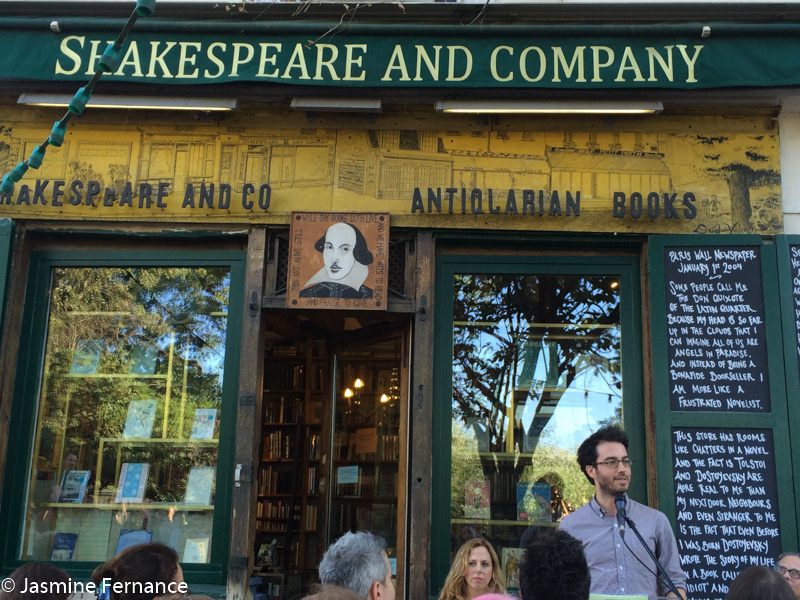
Chris was my guide for the two Paris Walks I did, and you can find more about them here.
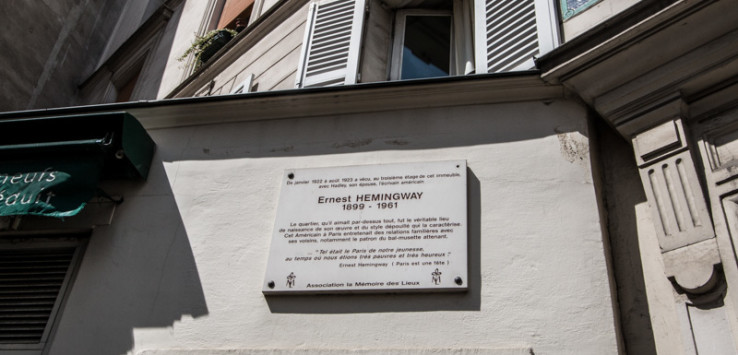


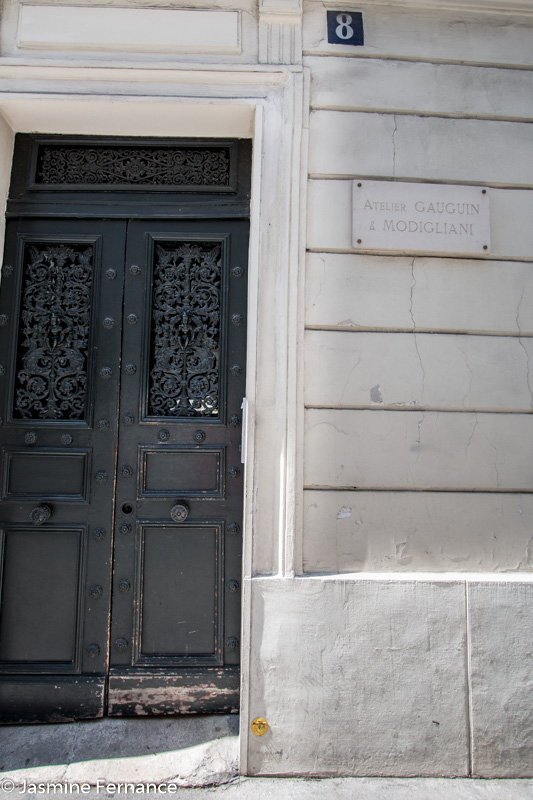
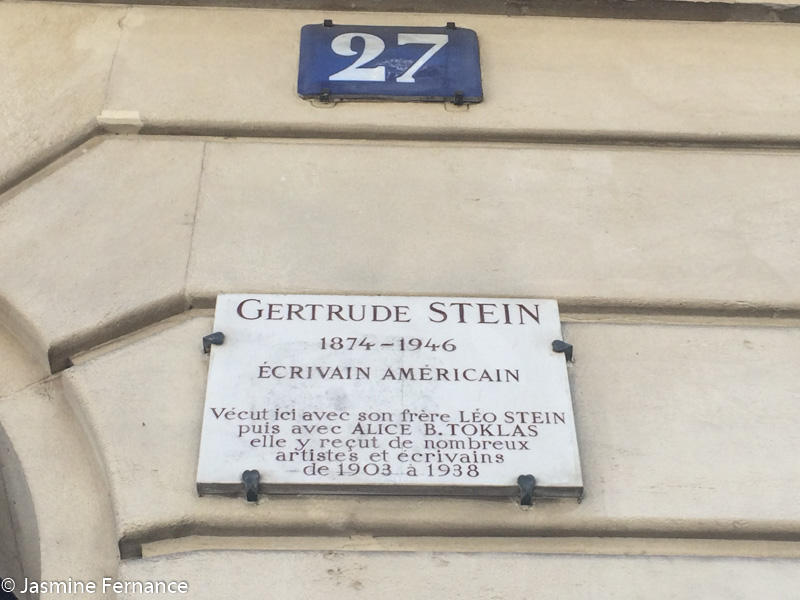
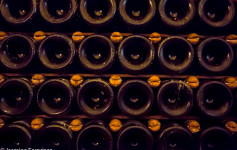
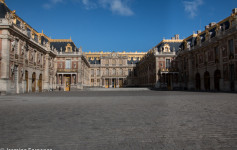

Hi Jassy, Loving your blog. Beautifully written and lol, one of my favourite movies is Midnight in Paris! I can see you living in Paris. Wish I was there now! Take care and have lots of fun:) Much Love, Liz & Greg xox